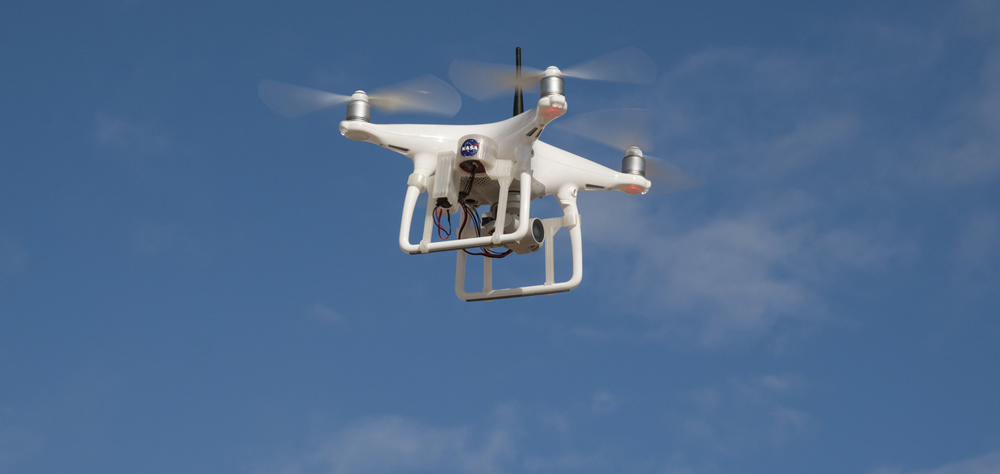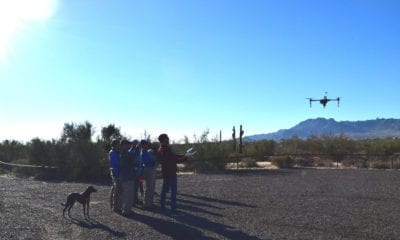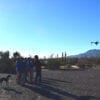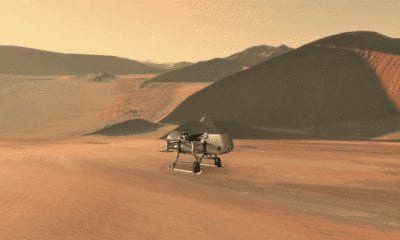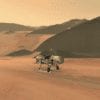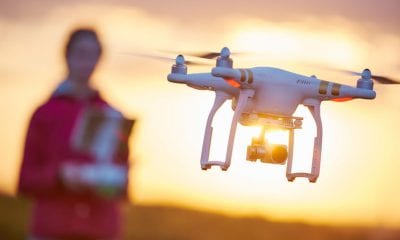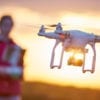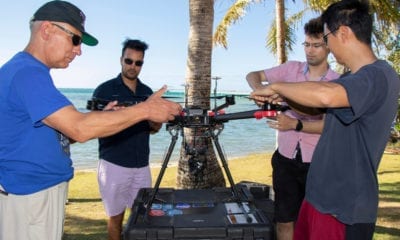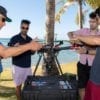News
NASA Drone Technology Provides Bird’s Eye Views of Hurricane Disaster Areas
NASA commercialized technology enabled vital bird’s eye views of the Houston disaster areas left in the wake of Hurricane Harvey that helped first in the search and rescue mission and then in damage assessment.
The unmanned aircraft systems (UAS) detect and avoid technology (DAA) developed and flight tested at NASA Armstrong Flight Research Center in California used in Texas fulfils a primary goal that Armstrong researcher Ricardo Arteaga and his team had from the start – help people.
“When I saw the disturbing images of the flood area, people in distress and danger on the news broadcasts, I had to act,” Arteaga said. “We have performed several years of successful simulations and flight tests. The technology is ready to use and I felt it should be in Houston.”
Arteaga called Kraetti Epperson, CEO of Vigilant Aerospace Systems of Oklahoma City, and asked him if he could use the technology proven in research flights at Armstrong, to assist with the search and rescue mission in Houston. Within the hour, Epperson was packed and on his way.
Vigilant is an Armstrong partner with a licensing agreement with the NASA center for the technology included in its commercial product called FlightHorizon. Manned and unmanned aircraft are enabled with the hardware and software that obtains synthetic cockpit views and detect-and-avoid commands to improve flight safety.
Once in Houston, Epperson trained a group of eight volunteer UAS pilots how to use the technology on their eight aircraft in support of their humanitarian flights for the Federal Emergency Management Agency and other organizations to help in relief efforts and document damage.
The technology is a portable airspace safety system – monitoring for air traffic conflicts, providing traffic alerts and providing split-second avoidance guidance for drone pilots – as the unmanned aircraft traveled though some of the worst hit parts of the Texas Gulf Coast.
A transponder was attached to each drone and then used the receiver and the FlightHorizon on a laptop to monitor the drone and airspace during the damage assessment surveys. The UAS pilots had special FAA authorization and focused on 500-acre neighborhood damage assessments, which took about two hours, exponentially less time than many other methods, Epperson said.
“We believe that drones can and should play a critical role in disaster relief because they provide immediate access to better data, mapping and situational awareness in a way that is safer, faster and less costly than other methods of assessment,” he added.
Drones using this Automatic Dependent Surveillance-Broadcast technology and Detect and Avoid algorithm can detect other aircraft and calculate a trajectory to avoid a collision, while transmitting its real-time identification, position, altitude and velocity. This allows the small UAS to map safe routes for rescuers in search operations.
ADS-B is similar to radar in that it identifies the location of an aircraft. However, where radar uses radio waves, ADS-B uses GPS satellite signals and aircraft avionics. The technology also brings unmanned aircraft a step closer to flying in the National Airspace System.
Drones equipped with the right technology are ready for search and rescue missions Arteaga said, and in the near future they will be able to carry out more complex missions like getting medical supplies and rescue equipment to people in distress in areas too dangerous for people to venture.
Source: NASA Armstrong Flight Research Center

